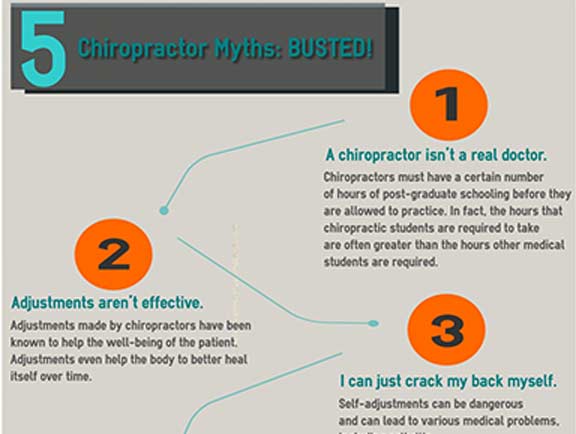If you're experiencing pain in the back, your body may be trying to inform you something greater than just discomfort. The means your back really feels can provide useful hints regarding your total well-being. Recognizing the particular kind of pain you're really feeling and any type of accompanying symptoms is key to unwinding the secret behind your pain. Let's explore the usual problems and signs and symptoms associated with various kinds of neck and back pain to shed light on what your body might be signaling.
Types of Neck And Back Pain
When it pertains to pain in the back, there are various kinds that you may experience. One usual kind is muscular tissue discomfort, often brought on by overuse, pressure, or injury to the muscular tissues and tendons supporting the back. This kind of discomfort can range from mild pain to extreme and devastating pain.
One more type is nerve pain, which can arise from conditions like herniated discs or sciatica. Nerve discomfort usually presents as a sharp, shooting feeling that radiates down the leg.
Joint pain in the back can stem from concerns like joint inflammation or sacroiliac joint dysfunction. This kind of discomfort is usually felt in the lower back and can be aggravated by certain motions.
Furthermore, pain in the back can be related to architectural troubles such as spinal constriction or vertebral fractures. Understanding the kind of back pain you're experiencing is essential in identifying the suitable therapy and management approaches.
Common Manifestations to Expect
Relocating beyond the various kinds of pain in the back, it is very important to identify the typical symptoms that can signify underlying issues.
Persistent neck and back pain that worsens with movement or during the night could show an extra serious issue. Feeling numb or prickling in the legs or feet, especially when accompanied by weakness, could indicate a nerve-related issue. If you experience abrupt weight-loss together with pain in the back, it could be an indication of a much more systemic condition.
Pay attention to any kind of modifications in bladder or bowel feature, as this could be linked to spinal cord compression. https://activator-chiropractor-ne30617.topbloghub.com/38458473/a-newbie-s-overview-to-comprehending-cervical-spinal-column-anatomy-and-its-influence-on-neck-discomfort , cools, or evening sweats together with pain in the back might indicate an infection. Watch out for pain that radiates down one or both legs, possibly a sign of sciatic nerve pain.
Wellness Conditions Linked to Pain In The Back
If you experience back pain, it's important to understand the potential health and wellness conditions linked to this discomfort. Pain in the back can be a symptom of various underlying concerns, including muscle stress, herniated discs, osteoarthritis, spinal stenosis, and even problems like kidney stones or infections.
Muscular tissue strains are common and often arise from raising hefty objects or unexpected movements.
Herniated discs happen when the soft cells between vertebrae protrudes, creating nerve inflammation.
Osteo arthritis, a degenerative joint disease, can result in neck and back pain as cartilage material wears down.
go here , the narrowing of the back canal, can put pressure on nerves.
Kidney rocks might trigger extreme neck and back pain if they move into the urinary system system.
Infections like spinal osteomyelitis can likewise show up as pain in the back. Understanding these potential health and wellness conditions can aid you look for proper healthcare and monitoring for your neck and back pain.
Final thought
So, next time your back hurts, take note of the kind of discomfort and coming with symptoms. Maybe a signal from your body concerning underlying wellness problems like muscle mass strain, nerve concerns, joint issues, or perhaps structural problems. By acknowledging these signs, you can take positive actions to address the root cause of your pain in the back and boost your overall health and wellness.
